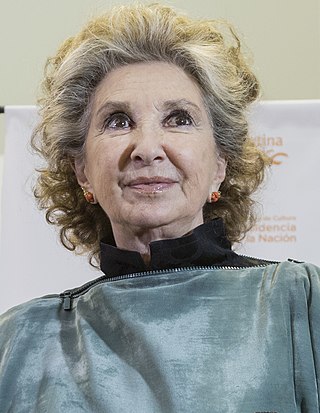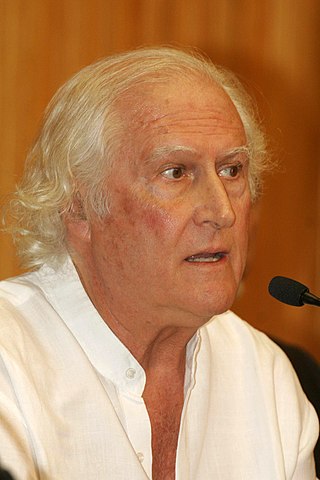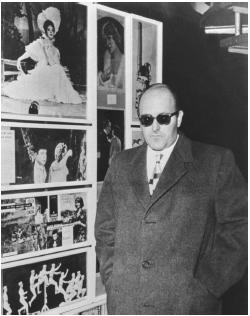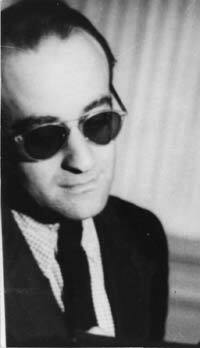A list of films produced in Argentina in 1962:

The 1962 FIFA World Cup was the 7th edition of the FIFA World Cup, the quadrennial international football championship for senior men's national teams. It was held from 30 May to 17 June 1962 in Chile. The qualification rounds took place between August 1960 and December 1961, with 56 teams entering from six confederations, and fourteen qualifying for the finals tournament alongside Chile, the hosts, and Brazil, the defending champions.

The Organisation armée secrète was a far-right dissident French paramilitary and terrorist organisation during the Algerian War, founded in 1961 by Raoul Salan, Pierre Lagaillarde and Jean-Jacques Susini. The OAS carried out several terrorist attacks, including tortures, bombings and assassinations, all resulting in over 2,000 deaths in an attempt to prevent Algeria's independence from French colonial rule. Its motto was L’Algérie est française et le restera.

The Grumman F9F Panther is an early carrier-based jet fighter designed and produced by the American aircraft manufacturer Grumman. It was the first jet-powered fighter aircraft to see air-to-air combat with the United States Navy as well as being Grumman’s first jet fighter.

A sexploitation film is a class of independently produced, low-budget feature film that is generally associated with the 1960s and early 1970s, and that serves largely as a vehicle for the exhibition of non-explicit sexual situations and gratuitous nudity. The genre is a subgenre of exploitation films. The term "sexploitation" has been used since the 1940s.

Norma Aleandro is an Argentine actress. She is considered one of the most celebrated and prolific Argentine actresses of all time and is recognized as a cultural icon in her home country.

Taras Bulba is a 1962 American historical adventure drama film based on Nikolai Gogol's novel Taras Bulba, starring Tony Curtis and Yul Brynner. The film was directed by J. Lee Thompson.
León Klimovsky Dulfán was an Argentine film director, screenwriter and producer notable for his work during the classical era of Argentine cinema. He was known mainly for his work in Spanish cinema during the 1960s and '70s.

Fernando Ezequiel "Pino" Solanas was an Argentine film director, screenwriter, score composer and politician. His films include; La hora de los hornos (1968), Tangos: el exilio de Gardel (1985), Sur (1988), El viaje (1992), La nube (1998) and Memoria del saqueo (2004), among many others. He was National Senator representing the Autonomous City of Buenos Aires for six years, from 2013 to 2019.
Latin American cinema refers collectively to the film output and film industries of Latin America. Latin American film is both rich and diverse, but the main centers of production have been Argentina, Brazil and Mexico. Latin American cinema flourished after the introduction of sound, which added a linguistic barrier to the export of Hollywood film south of the border.
This is an index to pages listing Argentine films ordered by year of release. For an A-Z list, see Category:Argentine films.

Francisco Múgica was an Argentine film director, film editor and cinematographer notable for his work during the classical era of Argentine cinema. He was born and died in Buenos Aires.

The cinema of Paraguay has historically been small. However, this has begun to change in recent years with films like El Toque del Oboe (1998); María Escobar (2002); O Amigo Dunor (2005), which competed for Best Movie in the Rotterdam International Film Festival; Hamaca Paraguaya (2006), which was screened at the Cannes Film Festival, gaining critical acclaim both in Paraguay and abroad; 7 cajas (2012); Latas Vacías (2014); and Luna de Cigarras (2014).

Mario Soffici was an Italian-born Argentine film director, actor and screenwriter notable for his work during the Golden Age of Argentine cinema.

Lautaro Murúa was a Chilean-Argentine actor, film director, and screenwriter. He is one of the best known actors in the cinema of Argentina.

Enrique Carreras was a Peruvian-born Argentine film director, screenwriter and film producer. He was one of the most prolific film directors in the history of the cinema of Argentina and a prominent figure of the classical era of Argentine cinema.

Leopoldo Torre Nilsson, also known as Leo Towers and as Babsy, was an Argentine film director, producer and screenwriter.

Luis Saslavsky was an Argentine film director, screenwriter and film producer, notable for his work during the classical era of Argentine cinema.
The Old Young People is a 1962 Argentine film written and directed by Rodolfo Kuhn. The film won the Silver Condor Award for Best Film and was selected as the Argentine entry for the Best Foreign Language Film at the 35th Academy Awards, but was not accepted as a nominee.
The Grupo Cine Liberación was an Argentine film movement that took place during the end of the 1960s. It was founded by Fernando Solanas, Octavio Getino and Gerardo Vallejo. The idea of the group was to give rise to historical, testimonial and film-act cinema, to contribute to the debate and offer an open space for dialogue and freedom of expression that was illegal at that time. With strong anti-imperialist ideas, he harshly criticized Peronism and neocolonialism. In the subsequent years other films directors revolved around the active core of the Cine Liberación group.
This is an incomplete list of alleged sightings of unidentified flying objects or UFOs in Argentina.